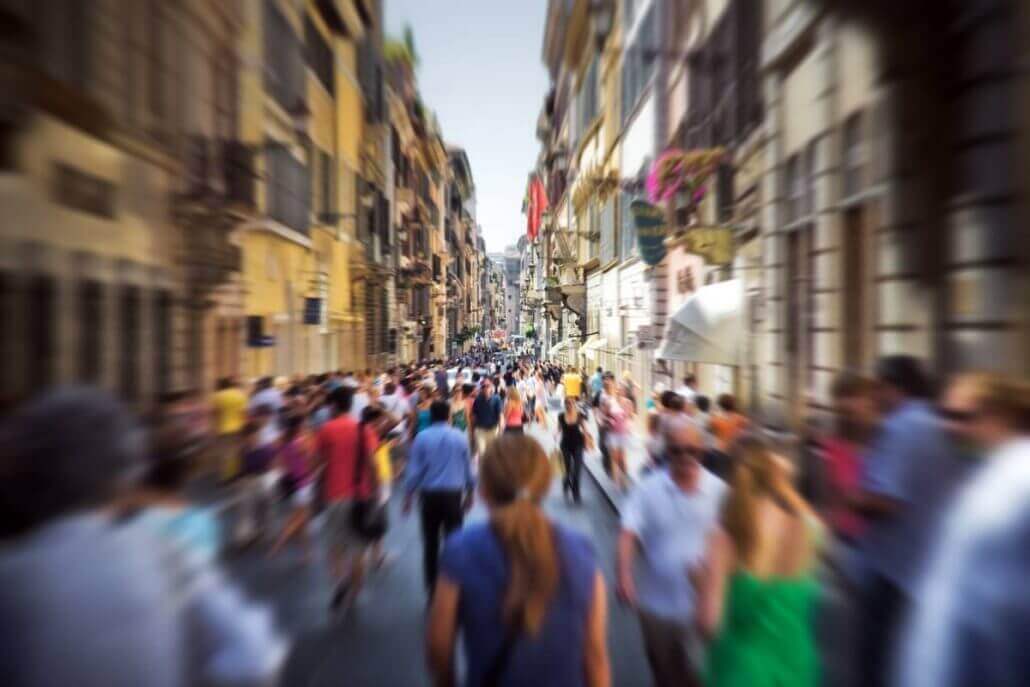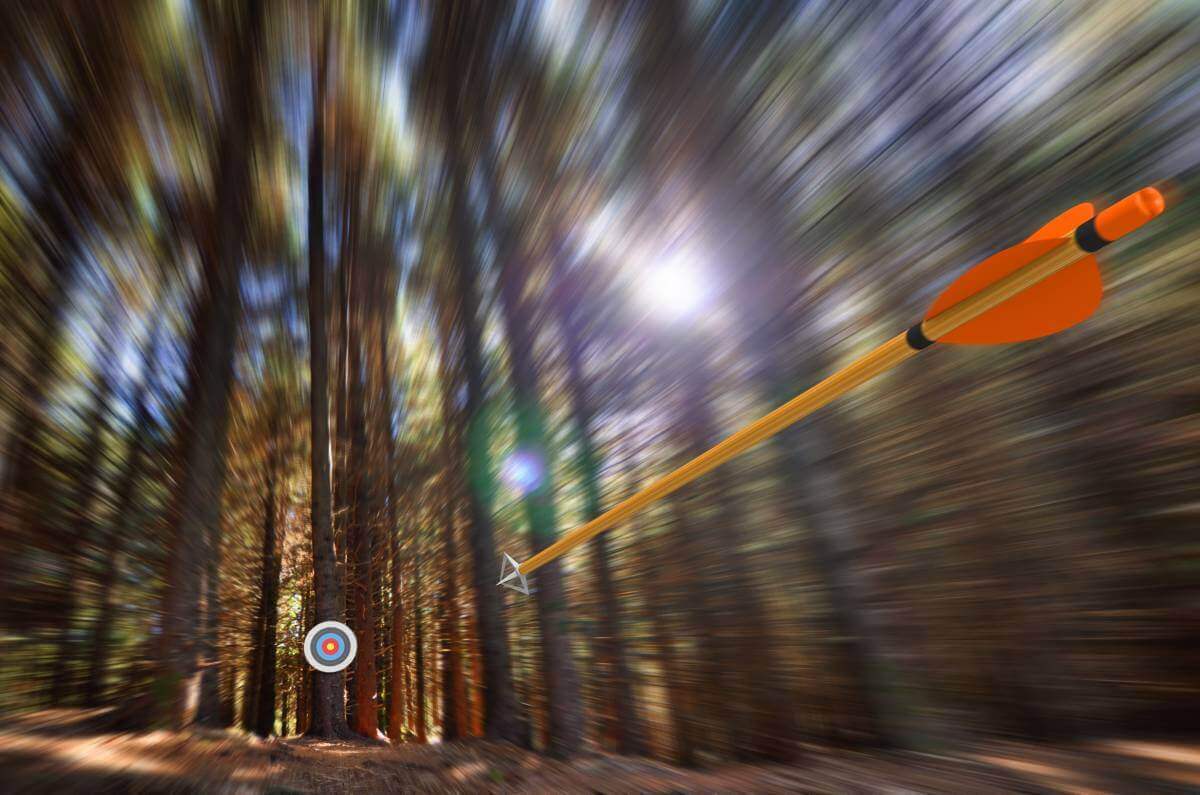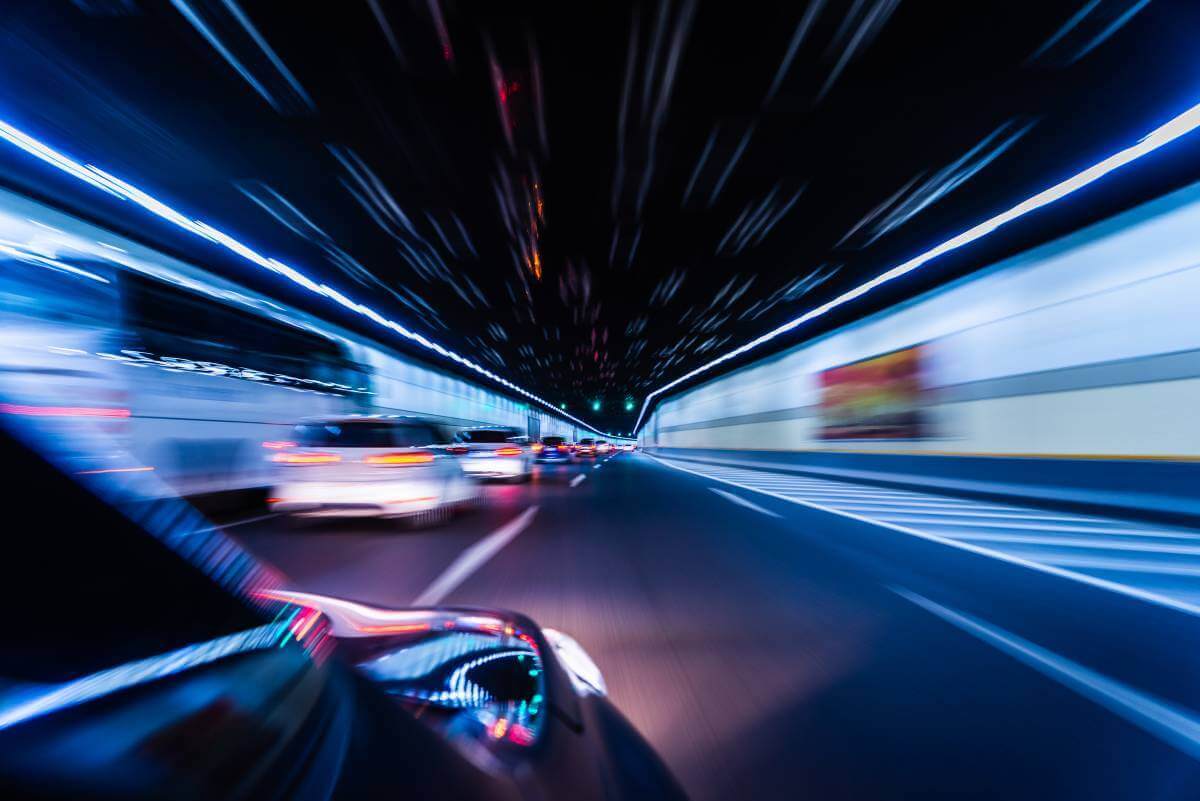
The Zoom-in Effect for Dynamic Photos
Finding an original motif for a photo can sometimes be a real challenge. If moving objects are to be photographed, additional technical knowledge, a lot of practice and skill are needed. The zoom-in effect can be used to give photos a dynamic feel. This effect will make moving objects appear more dynamic and static subjects can be given movement and liveliness.
What Is the Zoom-in Effect?
The zoom-in effect comes from the film industry. When shooting films this technique characterises a shot in which the camera moves forward or backwards on rails during the shoot and it can zoom in simultaneously in opposite directions. Objects that are in the foreground remain the same. The distance between foreground and background, however, seems to decrease or increase. In film language, this effect is also called dolly zoom or vertigo effect.
Transferred to photography, the zoom-in effect describes subjects that are sharp in the centre of the picture and blurred towards the edge. The blurring becomes continuously stronger towards the edge of the picture. Some objects appear as if they are coming towards the viewer. The zoom effect is created either directly with a camera or by post-processing with an image editing programme.

Capturing Dynamic Effects with a Camera
With a camera, the zoom effect can be created by changing the focal length during the exposure. This requires a camera that has a mechanical zoom. Therefore, SLR cameras with a zoom lens with adjustable focal length or prosumer digital cameras with a fixed lens work best. The prerequisite is that there is a possibility for manual focusing and the shutter speed can be adjusted.
To create the zoom-in effect, the camera should be in manual focus and shutter priority mode. The ISO value should be set as low as possible (around 100). An exposure time of 2 seconds is optimal, the zoom speed must be matched to the exposure time, otherwise, unwanted blurring could occur. When taking the shot, the subject should be manually focused and brought into focus in the lowest focal length range for the zoom effect. Then, during the shot, zoom manually and as evenly as possible. The optimum focal length changes during the exposure, which is from 85 to 17 mm.

Since the effect depends on the zoom speed, the zoom must be faster for short exposure times and slower for longer shutter speeds. For best results, the zoom position should pause for a short time at the beginning or end of the shot. This will make the subject in the picture sharper. You will probably have to take a few test shots first before you get the perfect picture. For beginners, it is also advisable to use a tripod as the slow shutter speeds required can otherwise lead to motion blur. Experienced photographers can usually achieve great dynamic zoom effects without a tripod.
Image Editing- An Alternative to Zoom Lenses and Cameras
If you don't want to buy a new camera or expensive zoom lenses, you can also create the zoom-in effect with image editing programmes such as Photoshop. This is usually the cheaper option, but it also requires a bit of practice.
To create this effect with image editing programmes the software must have masking or selective options and the "radial blur" filter. With Photoshop the best result is achieved by first duplicating the background layer. This allows the central object to remain sharp and gives you the option of blurring the background manually. Then select the blur filter and select the method "Radial" and set a strength between 40 and 60. Initially, the entire subject is blurred. However, this can be cancelled by adding a new layer mask in which the area that is to remain sharp is coloured manually with the brush tool and black colour. The sharp object underneath will become visible.

Conclusion
The best zoom-in effects are achieved with a suitable SLR or digital camera and appropriate zoom lenses. For experienced photographers and professionals, these accessories are usually part of the basic photography equipment. Amateur photographers can also create the zoom-in effect inexpensively with image editing programmes without purchasing photo accessories.
